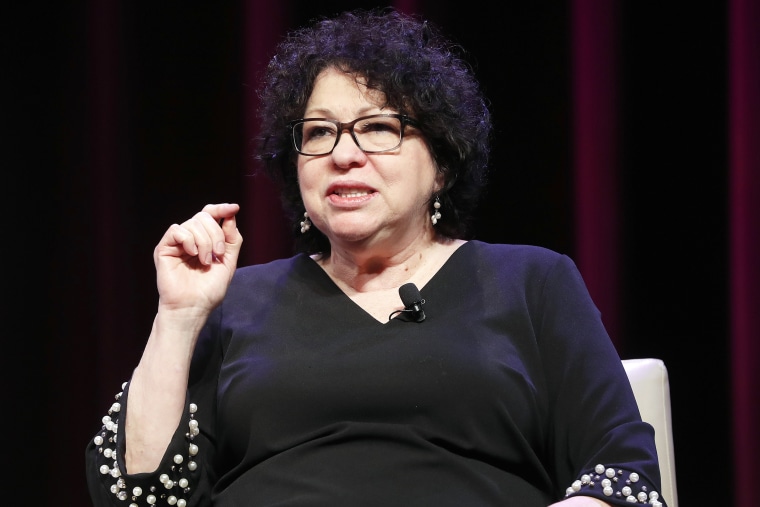Supreme Court justices on Thursday delivered from the bench their impassioned views on the day's biggest ruling. But only people at the court that day could hear the justices’ words — including two justices of color who spoke out, in opposing ways, about the court’s gutting of race-conscious admissions.
Sure, the public could read the 237-page document containing the affirmative action opinions on the court’s website that day, but at least two of the justices felt there was more to add.
No matter one’s view of the ruling, keeping their words from the public was a failure of transparency on the court's part — and an unnecessary one, at that.
The choices to dissent or concur from the bench signaled they thought the matter monumental enough to warrant speaking out.
It’s rare for justices to dissent from the bench, as Justice Sonia Sotomayor did. It’s rarer still for justices to concur from the bench, as Justice Clarence Thomas did. Given the significance of these remarks, the millions of Americans affected by this ruling should've been able to hear them livestreamed, or at least posted shortly afterward.
It was welcome news when the court said in December it would resume the pre-pandemic practice of announcing opinions in court, instead of just posting them to the website. But as I noted at the time, the court is curiously refusing to stream audio of these announcements or post them in a timely fashion. Instead, per the court’s needlessly outdated practice, they’re recorded and made available through the National Archives at the beginning of the following term, which starts in October.
There’s no good reason for this delay.
Clearly, the institution is capable of streaming and promptly posting audio from the courtroom. It’s been doing so for oral arguments, and the world has kept turning. (Public governmental proceedings should also be televised, but I’ll leave that for another day.)
Indeed, MSNBC and Fox News viewers alike could have benefited from hearing straight from both justices.
Thomas, of course, is the court’s second Black justice after Thurgood Marshall, who led the litigation to dismantle segregation in Brown v. Board of Education and then became a justice who championed race-conscious admissions.

In her dissent, Sotomayor, the court’s first woman of color and first Latina, called the majority opinion Thomas joined “an affront to the legendary life of Justice Marshall.” (Justice Ketanji Brown Jackson, the first Black woman to serve on the court, also dissented but didn't read hers from the bench.)
In both instances, the choices to dissent or concur from the bench signaled they thought the matter monumental enough to warrant speaking out. To keep their historic words confined, then, even temporarily, makes no sense. It would actually make more sense if the audio never came out, if there was some good justification for secrecy that I can’t fathom. Remember, we’re apparently allowed to hear these words, just not quite yet.
So I’ll repeat what I wrote in December, which is that it’s not about airing the court’s secret deliberations, but about sharing the justices’ chosen words with the millions of people who are bound by them. If people choose not to tune in, then that’s their choice. It shouldn’t be the court’s.
Subscribe to the Deadline: Legal Blog newsletter for weekly updates on the top legal stories, including news from the Supreme Court, the Donald Trump investigations and more.
